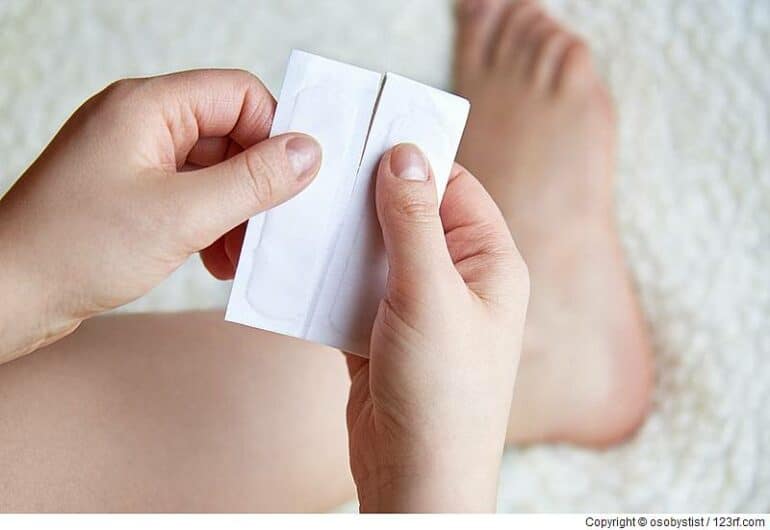What to do in case of an incident in the sauna
Sauna is healthy – but wrong or neglected sauna use can also lead to health problems. Especially for people who have health problems. But even if you get too close to the hot stones, quick first aid is called for. We’ll tell you what to look out for so that a minor mishap doesn’t turn into a disaster, and how to administer first aid.
A circulatory collapse in the sauna
You’re sitting relaxed in the sauna and suddenly your counterpart tips to the side or slides gently to the floor. Oh, dear! It happens from time to time that someone loses consciousness in the sauna: They become dizzy, black at the eyes and nausea occurs. In the worst case, the person loses consciousness completely. This can have various reasons: health problems, circulatory weakness or alcohol. Fainting is usually caused by a sudden disturbance of cerebral blood flow. What to do here? Don’t even look for the causes, but provide first aid immediately: gently move the person to a cool, well-ventilated room and lay them flat on the floor. The legs are slightly elevated – this improves blood flow to the brain.
Heat stroke in the sauna
Heat stroke can occur in the sauna when the body can no longer regulate the heat. In hyperthermia syndrome, as it is officially called, the body heats up too much. This leads to headaches, nausea and dizziness and other unpleasant symptoms. In the worst cases, it can lead to a loss of consciousness. At the same time, heat stroke is much more serious than ordinary fainting, because heat stroke can also affect the function of organs. That is why it is important for the affected person to see a doctor as soon as possible if heat stroke is suspected. As first aid, you can do the following: Take the person to a cool room and lay him or her comfortably on his or her back. Place a pillow under the head and cover it with a cold compress, and the body with a damp sheet. If the person is conscious, you can give them water or tea to drink to improve perspiration.
First aid for burns or wood splinters
If burns occur in the sauna, cover the wound with sterile bandages and cloths from the first aid kit, which hopefully hangs handy and well-stocked. Then take the injured person to the doctor or hospital. If injured by a splinter of wood or a sharp object that sticks out like a screw, be sure to stop the sauna session. For one thing, bleeding can take longer with this type of injury, and for another, the risk of infection increases. By the way, there are special first aid kits, first aid kits and other equipment for the sauna.
What belongs in a first aid kit?
For taking care of minor accidents and injuries, it is important to have a well-stocked first aid kit nearby. You can buy ready-made first aid kits, but you can also put them together yourself according to your personal needs for home use. The first aid kit should be locked and stored in a cool, dry place and out of reach of children.
A first aid kit may contain the following:
- Band-aids in various sizes and shapes
- Small, medium and large sterile gauze dressings
- At least 2 sterile eye bandages
- Triangular bandages
- Roll bandages
- Safety pins
- Sterile disposable gloves
- Tweezers
- Scissors
- Alcohol-free wipes
- Adhesive tape
- Thermometer (preferably digital)
- Rash cream such as hydrocortisone or calendulacal
- Cream or spray to soothe insect bites
- Antiseptic cream
- Pain reliever, such as acetaminophen, aspirin (not for children under 16) or ibuprofen
- Antihistamine cream or tablets
- Distilled water for wound cleansing
What do I do in an emergency?
An emergency situation can happen at any time. If you are prepared, you can help effectively. But many people have only sketchy first aid knowledge. A first aid course teaches you how to act properly in an emergency. In some cases, these one-day courses can save lives. First aid and CPR courses are offered by clinics, the fire department, outpatient service providers, and various non-profit organizations.

